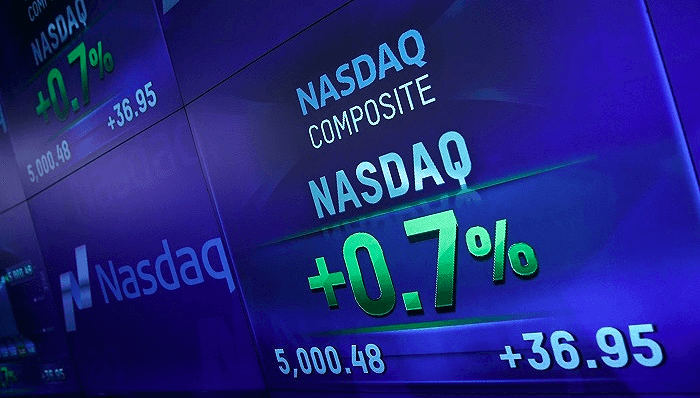Q1: What is Bear Market?
A bear market is when a market experiencing price declines. Widely followed indexes like the S&P 500, NASDAQ100 and Dow Jones Industrial Average are down 20% from their highs.
Q2: What are S&P 500, NASDAQ and Dow Jones Indexes?
With hundreds and thousands of companies listed on the stock exchange, how do people identify the general performance of a market? Index is the answer. Usually, an index is generated by taking a weighted average price of, let's say, 100 representative stocks. A higher index usually represents a higher market cap. Among them, the S&P 500, Nasdaq, and Dow Jones are the three most popular U.S. stock indexes that track large-cap U.S. stocks.
NASDAQ 100: An index tracking 100 stocks in the U.S. new technology sector. Also known as the U.S. Tech Index.
Dow Jones Industrial Average: An index that tracks the stocks of 30 prominent U.S. industrial companies.
S&P 500: An index that tracks the 500 largest companies in the United States. Different from Dow Jones, the S&P 500 is more encompassing, thereby able to reflect broader market changes.

Q3: How ETF Can be Used to Profit from Declines?
There is a special class of ETFs called inverse ETFs. An inverse ETF is an ETF that tracks the inverse performance of an index on a daily basis. To put this simply, when the tracked index rises 1%, the inverse ETF will fall 1% and vice versa. As a result, investors can buy inverse ETF shares to gain returns when the broader stock market is down.
Inverse ETFs are an alternative to short-selling stocks, or index options, and are especially friendly for investors who are not yet veteran traders. Short selling, however, is highly specialized and requires an account that a margin deposit equal to 150% of the value of the sale. In contrast, people believe inverse ETFs could be a better choice for less experienced investors, as they could potentially drive more profits with relatively low risk.
Due to the high-interest rate and price volatility of inverse ETFs, they are usually suggested for day trading rather than long-term holdings. Check out below the most traded and most popular inverse ETFs RockFlow find out for you. The information is just for reference.
Q4: What is SQQQ and When to Buy it?
\ SQQQ is a 3x leveraged inverse ETF that tracks NASDAQ 100, which means it could yield -3 times that of NASDAQ100. For example, if Nasdaq 100 falls 1% on a market day, SQQQ would return 3% that day.
In a bear market, tech stocks tend to fall sharply due to the burst of high valuation bubbles. Since the NASDAQ primarily tracks companies in the tech sector, SQQQ tends to deliver solid gains in this period of time.
Q5: What is SH and When to Buy it?
SH is a 1x leveraged inverse ETF that tracks S&P 500, which means technically it could earn -1x of S&P 500. For example, if S&P 500 returned -1% today, then SH would return 1%. Compared to Nasdaq and Dow, S&P 500 is more representative of broader market changes. That being said, you could earn from SH if the overall market is bearish.
Q6: What is SDOW and When to Buy it?
SDOW is a 3x leveraged inverse ETF that tracks Dow Jones Industrial Average. Similarly, it could yield -1x of the Dow Jones Industrial Average. If Dow Jones Industrial Average returned -1% today, SDOW would return 3%.
In a bear market, big-cap stocks tend to suffer from larger drawdowns than small companies. Since the Dow Jones mainly focuses on large companies, investing in SDOW in a bear market is believed to bring you good returns.